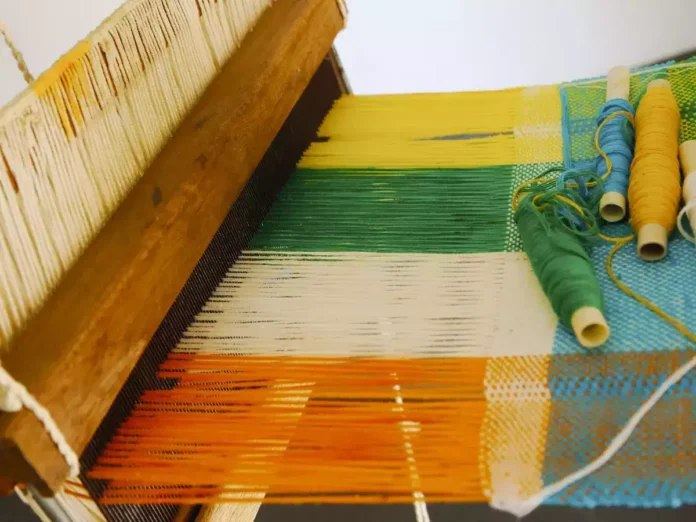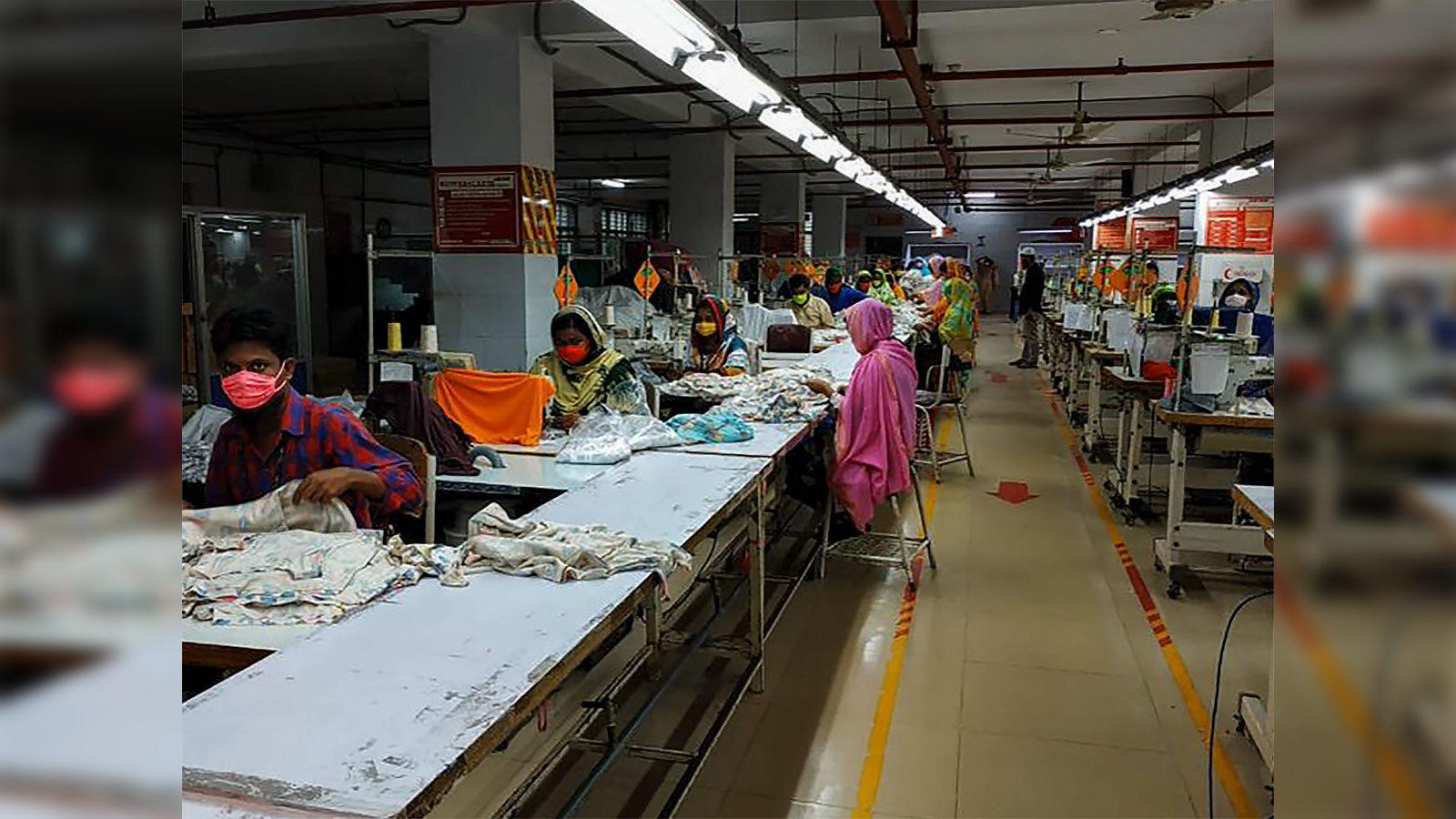Textile sector jobs are set to witness a historic surge as the Indian government unveils an ambitious plan to create 4.5 to 6 crore employment opportunities by 2030. With an aim to double the market size to $350 billion and enhance exports to $100 billion, this initiative marks a turning point for India’s textile industry. Key strategies include the development of mega textile parks, boosting man-made fabric production, and fostering innovation within the sector.
The Vision For Employment Generation In The Textile Sector
The Indian textile sector has historically been one of the largest employers in the country, second only to agriculture. The government’s announcement to create 6 crore jobs by 2030 is a testament to its commitment to leveraging this sector for economic growth and employment. This initiative aligns with the broader vision of positioning India as a global textile hub.
Programs such as PM-MITRA (Pradhan Mantri Mega Integrated Textile Region and Apparel) parks are central to this mission. These parks aim to provide state-of-the-art infrastructure, attract investment, and enable economies of scale for textile production. By fostering an environment of efficiency and innovation, these parks are expected to significantly contribute to job creation and industry growth.
The Role Of PM-MITRA Mega Textile Parks
The PM-MITRA scheme is a cornerstone of the government’s textile sector strategy. These mega textile parks will be equipped with modern facilities, including design and testing centers, logistics hubs, and integrated production zones. The scheme is designed to attract large-scale investments and create direct and indirect employment opportunities.
These parks also aim to bridge the gap between rural and urban areas by promoting industrialization in semi-urban and rural regions. This decentralized approach not only boosts local economies but also ensures that the benefits of industrial growth reach underserved communities.
Boosting Man-Made Fabric Production
While India is renowned for its cotton textiles, the demand for man-made fibers (MMF) is steadily rising globally. Recognizing this trend, the government is focusing on enhancing MMF production to cater to both domestic and international markets. Increasing MMF production is crucial for diversifying India’s textile portfolio and tapping into the lucrative markets of sportswear, activewear, and technical textiles.
Incentives such as the Production Linked Incentive (PLI) scheme are being offered to encourage investments in the MMF segment. By modernizing production processes and adopting advanced technologies, the textile sector can achieve higher efficiency and output.
Driving Export Growth In The Textile Industry
A key objective of the government’s plan is to achieve $100 billion in textile exports by 2030. This ambitious target reflects India’s potential to become a dominant player in the global textile market. To achieve this, the government is focusing on trade agreements, reducing logistical bottlenecks, and enhancing product quality.
Collaborations with international buyers, participation in global trade fairs, and brand building are being prioritized to strengthen India’s presence in global markets. Additionally, the adoption of sustainable practices is gaining traction, as international consumers increasingly prefer eco-friendly products.
Historical Significance Of The Textile Sector In India
The textile industry has been the backbone of India’s economy for centuries. From the ancient Indus Valley Civilization’s cotton textiles to the famed Muslin of Bengal, India has a rich history of textile production. During the colonial era, the industry suffered setbacks due to British policies, but post-independence, it regained prominence as a key economic driver.
The government’s current focus on reviving and expanding the sector builds on this legacy. By integrating traditional craftsmanship with modern technologies, India is poised to reclaim its position as a global textile leader.
Challenges To Overcome
While the government’s plan is ambitious, the textile sector faces several challenges. Issues such as fluctuating raw material prices, outdated machinery, and environmental concerns need to be addressed to ensure sustainable growth. Additionally, skill development programs will be crucial to equip the workforce with the technical expertise required for modern textile production.
Data from the Ministry of Textiles highlights the need for targeted interventions in areas like worker safety, energy efficiency, and waste management. By addressing these challenges, the sector can achieve its full potential and contribute significantly to the nation’s economic growth.
A Roadmap For The Future
The road to achieving 6 crore textile sector jobs by 2030 requires a multi-faceted approach. Collaboration between the government, industry stakeholders, and educational institutions will be key to fostering innovation and building a skilled workforce. Public-private partnerships (PPPs) can play a pivotal role in mobilizing resources and ensuring efficient implementation of policies.
Moreover, embracing digital technologies such as AI and blockchain can enhance supply chain transparency and improve operational efficiency. By staying ahead of global trends and investing in R&D, the Indian textile sector can maintain its competitive edge.



